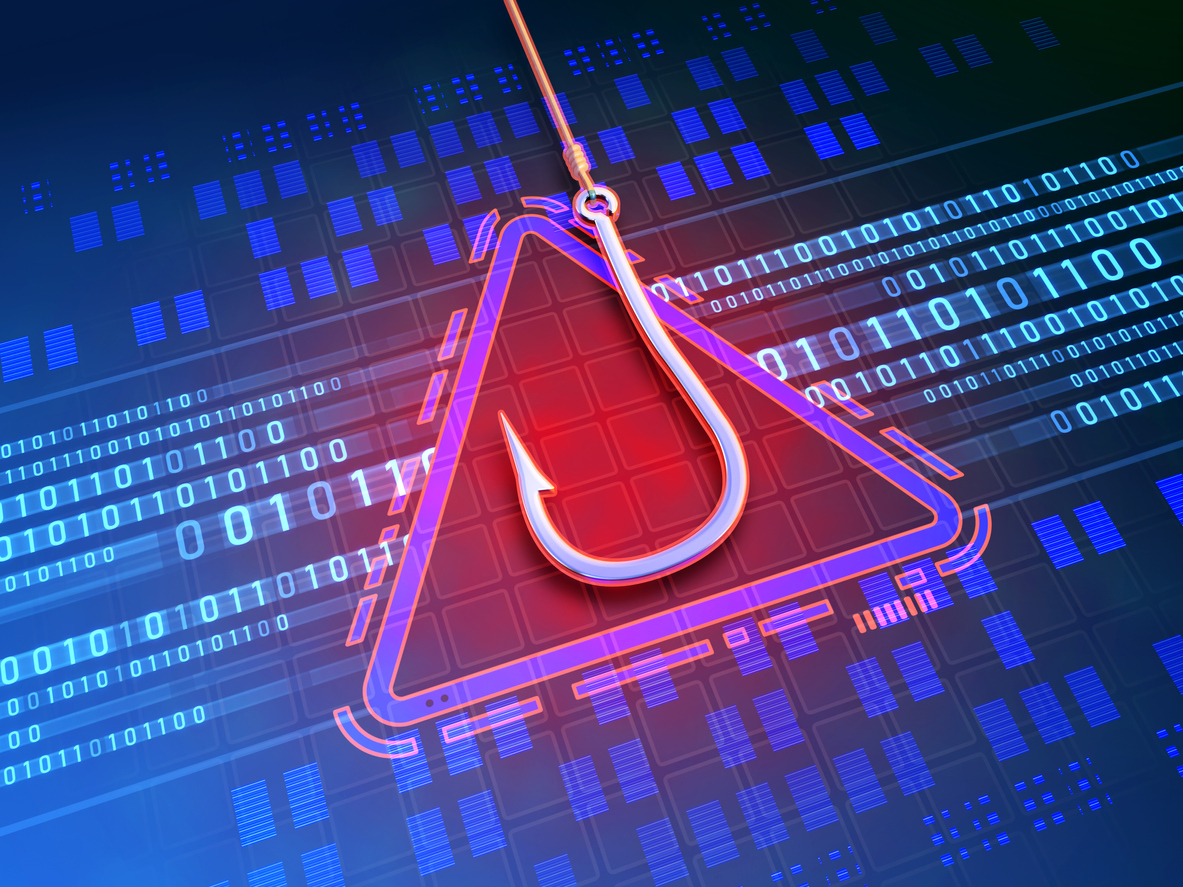
All businesses are at risk of cyber threats no matter what niche or area of the industry they belong to. Incidences of cyber-attacks are on the rise all over the world, and the results are often devastating.
As a business owner, it is essential to be aware of the most common types of cyber threats and to have adequate LA Cyber Liability coverage. With awareness comes a keener understanding of the risks that they pose and strategies for combating them. Read on to find out more about the different types of cyber-attacks to be on guard against.
3 categories of cyber threats
Cyber threats generally fall into three basic categories. They are grouped according to the purpose for dissemination of results on the victim of the attack.
1. Disruptive threats
Some of the most common types of cyber threats are aimed at disrupting business operations. The reasons may vary from case to case, but they are usually intended to distract the target businesses, resulting in the loss of time and money.
Disruptive threats may also be intended to bait business owners into implementing non-secure security “solutions,” essentially placing them at the mercy of the attackers. They often result in the disturbance of business operations and affect worker productivity.
Ransomware attacks are particularly disruptive forms of cyber threats. These usually involve unauthorized access to crucial or sensitive information. When this happens, the data may be ‘held hostage,’ and the owners may be required to pay a ransom to retrieve it or restore access.
2. Distortion
Related to disruptive threats are attacks intended to cause distortion. These are usually delivered via bots and other technological vehicles that spread misinformation. The attacks may cause individuals to doubt the integrity of information they receive, or more often, cause them to believe in false information.
Whatever the purpose, this type of cyber threat often results in devastating effects on the business. Faced with a constant barrage of misinformation and false identities, customers may lose trust in the company.
Sometimes, distortion-focused threats target the data systems and technologies used by businesses. Attackers may use falsified documents to direct workers to deposit funds into third-party accounts, for instance, or implement long-term attacks that compromise the company’s security.
3. Deterioration
Deterioration-focused threats involve attacking a company when its guard is down. This could occur when businesses give up control of their operations to unreliable or untested technologies.
A typical example is the reliance of many businesses on artificial intelligence (AI). Because AI is still a relatively new technology, it often leaves the door wide open to increased cyber-attacks. With more and more companies shifting over to AI to increase efficiency and boost productivity, cybercriminals are more likely to take advantage of lapses in security, resulting in higher incidences of cybercrimes.
The fast-paced introduction of technology also requires new laws and regulations. These often result in the federal government assuming more control over implementation, monitoring, and surveillance. This, in turn, could increase the risk of data exposure to unauthorized third parties. And because of their reduced ability to monitor their personnel, businesses will have more difficulty identifying threats originating from within their ranks.
5 crucial cyber threats to safeguard against
Here are some of the most common types of cyber threats that businesses face:
1. Phishing. These usually involve assuming the identity of the target through fraudulent means. In 2019, incidents of this nature comprised 78% of all cybercrimes globally.
2. Malware. This remains one of the most damaging forms of cyber threats today. Malware attacks have become especially common as more and more professionals use their mobile phones for company-related functions.
3. 5G-to-Wi-Fi security risks. Increased reliance on mobile devices has also resulted in a global increase in 5G-to-Wi-Fi security breaches. Because 5G technology is still relatively new, it often presents tempting opportunities for cybercriminals.
4. Ransomware. Ransomware has long been a familiar form of cyber threat that is still a common risk today. Like many other types of cyber-attacks, the tools and strategies for implementing them have become increasingly sophisticated.
5. Insider threats. These threats may occur intentionally or through negligence or ignorance. Regardless of the intent, insider threats are serious risks that affect as many as 34% of all businesses globally.
Unfortunately, cybercriminals are becoming savvier to the security measures that businesses commonly implement. Cyber-attacks are becoming increasingly sophisticated, and it takes considerable time and resources to remain one step ahead.
But knowing the types of cyber threats to look out for is an essential aspect of winning the battle. By recognizing the different forms that cyber-attacks assume, you will hopefully be better able to implement an effective strategy for preventing them from affecting your company’s operations.
About Arroyo Insurance Services
Arroyo Insurance Services was officially established in 1986, but we have roots dating back to before 1950. One of California’s leading client-oriented and independently owned agencies, we have over 140 employees with a combined experience of over 450 years, spread across 11 locations. We are committed to providing the best insurance and risk management services at the most competitive premiums, and backing it with hands-on service tailored to our customers’ needs. For more information on how we can mitigate your risks, contact us today at (877) 220-4769.




